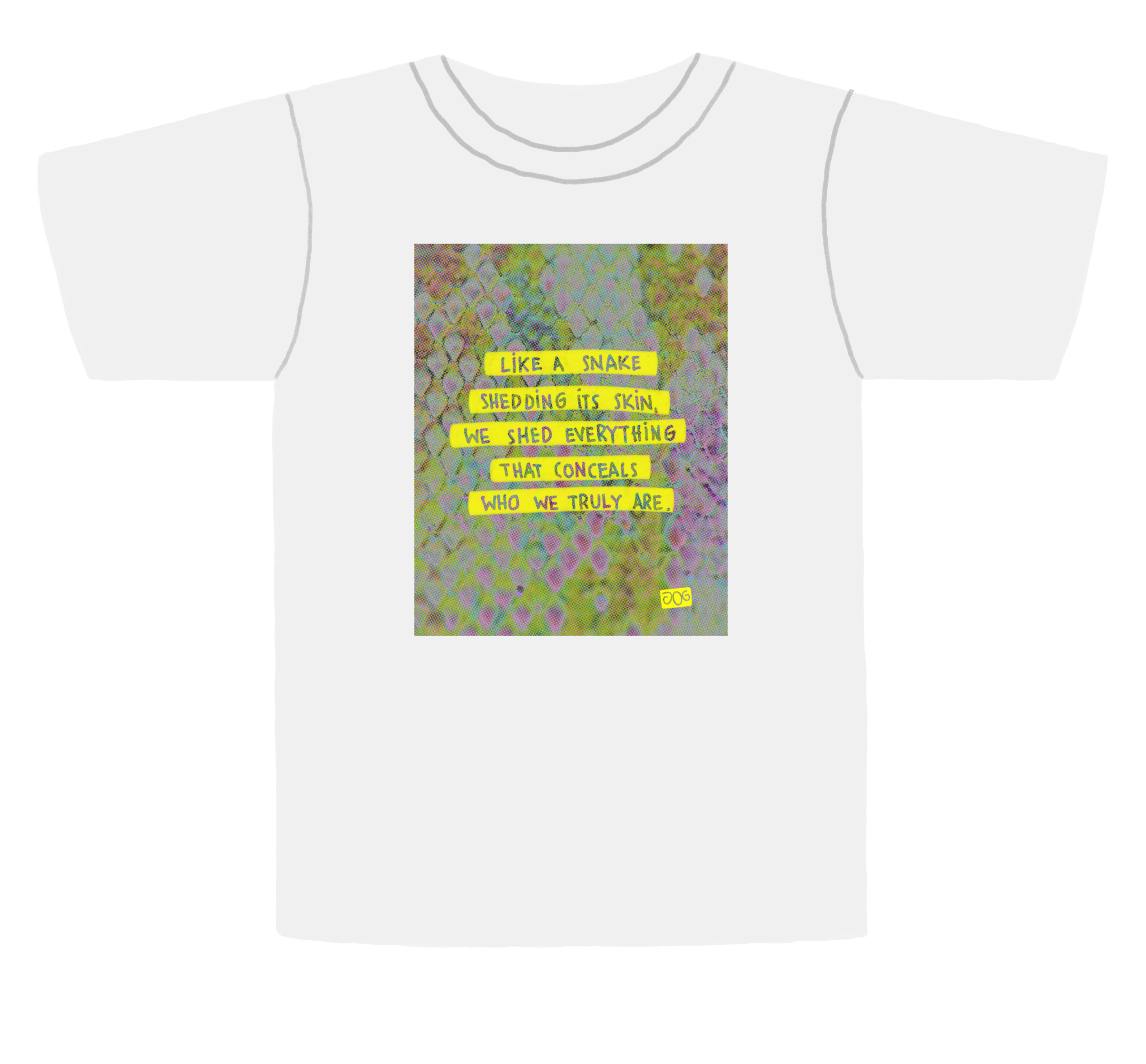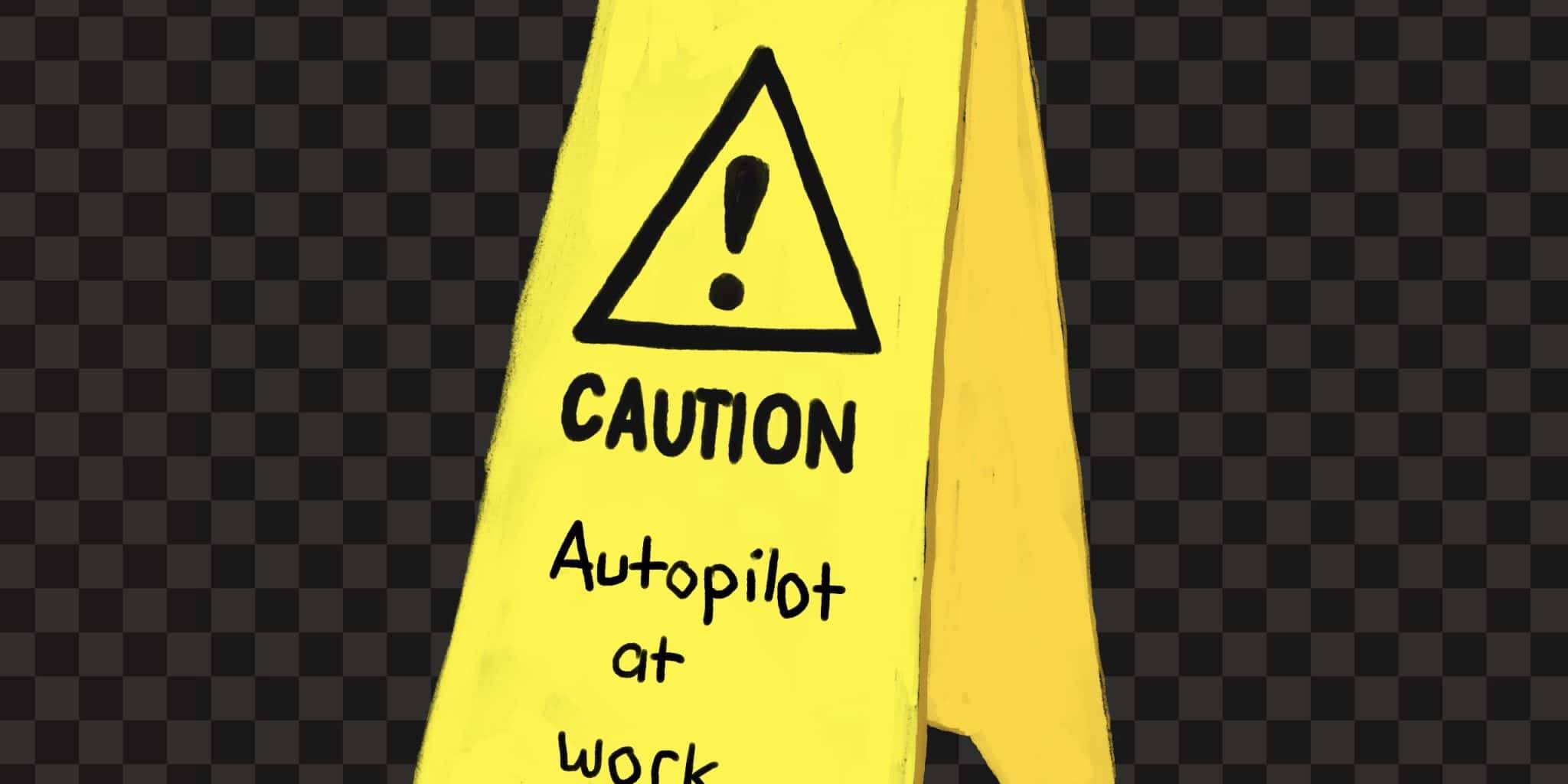Unbecoming: The journey to rediscovering who you truly are
The process of becoming who we truly are is not so much about gaining new qualities or transforming into a different person, but rather peeling away the layers that obscure our true nature, our grain of gold.
Self-transformation is a profound journey inward, one where we uncover the essence of who we truly are. Our true nature is innate. It already exists within us and is inherently pure, whole, and unchangeable.
The process is not so much about gaining new qualities or transforming into a different person, but rather peeling away the layers that obscure our true nature, our grain of gold.
Self-transformation is a profound journey inward, one where we uncover the essence of who we truly are. Our true nature is innate. It already exists within us and is inherently pure, whole, and unchangeable.
The process is not so much about gaining new qualities or transforming into a different person, but rather peeling away the layers that have concealed our essence, our grain of gold.
The ego or our "fabricated identity" refers to the persona or self-image that we construct based on our conditioning.
We often find ourselves disconnected from it due to the conditioning influences we’ve encountered throughout life. From childhood, we are shaped by our families, friends, teachers, and society, each imparting their own values and beliefs onto us. Over time, these external influences can build up layers that mask our true nature.
Our ego or “fabricated identity” emerges as we try to reconcile these external influences with our internal landscape. This identity might include limiting beliefs, false narratives, or behaviors designed to fit in or please others that are not necessarily in alignment with who we truly are.
This identity can feel real, but it is essentially a mask that hides our true core. It is made up of learned responses and adaptations that may have helped us navigate our external environment but may not reflect our deepest values, desires, or potential.
The process of inner work lies in removing these layers of conditioning and reconnecting with our innermost core.
For example, the idea of being a “good daughter” or “good son” often influenced our desire to please our parents. But it’s clear that this concept was a way to control our behavior and push us toward what our parents wanted, rather than what we truly desired for ourselves.
As I was growing up, I was instilled with the idea of becoming a doctor, and that’s what I became. But eventually, I gave it up because it has never been my vocation.
The process of inner work lies in removing these layers and reconnecting with our innermost core. It requires self-reflection, vulnerability, and a willingness to confront the uncomfortable truths that may arise. Through this process, we shed the layers of external conditioning and allow our true nature to emerge.
What can conceal our true nature?
Fear: Fears of rejection, failure, or inadequacy can lead us to adopt protective behaviors that mask our true core.
Social Expectations: Society often has rigid expectations about how we should look, behave, or live, and these expectations can pressure us into conforming.
Past Traumas: Trauma or negative experiences can create emotional scars that prevent us from being open and vulnerable.
Unexamined Beliefs: Sometimes, we carry beliefs inherited from others that we have never questioned, even though they may not serve us.
Remember, the journey of becoming who we truly are is a process of subtraction, not addition.
Transformation is less about becoming and more about ‘un-becoming’—letting go of what we are not so that our inner light can shine brightly. Embrace the journey and trust in the wisdom that lies within you.
The journey of becoming who we truly are is a process of subtraction, not addition.
You may also like
Wear discomfort like your favorite sweater
We‘ve been taught to avoid discomfort,…
The walls you build to protect yourself
Become aware: Your 'protective walls'…
Caution: Autopilot at work
As people who naturally tune in to…






